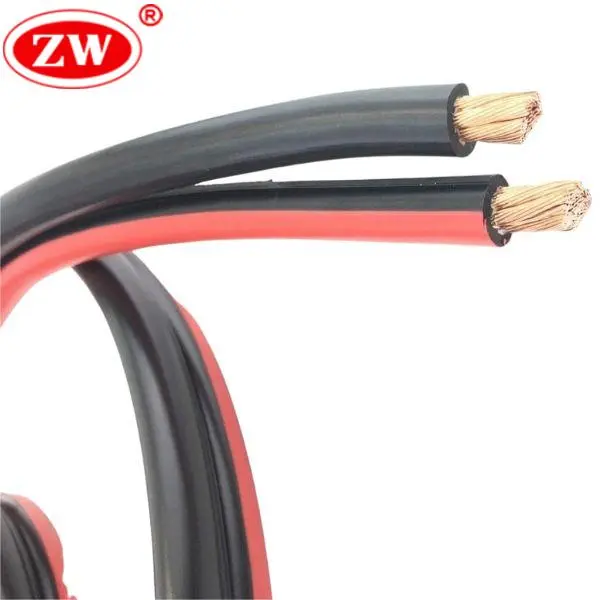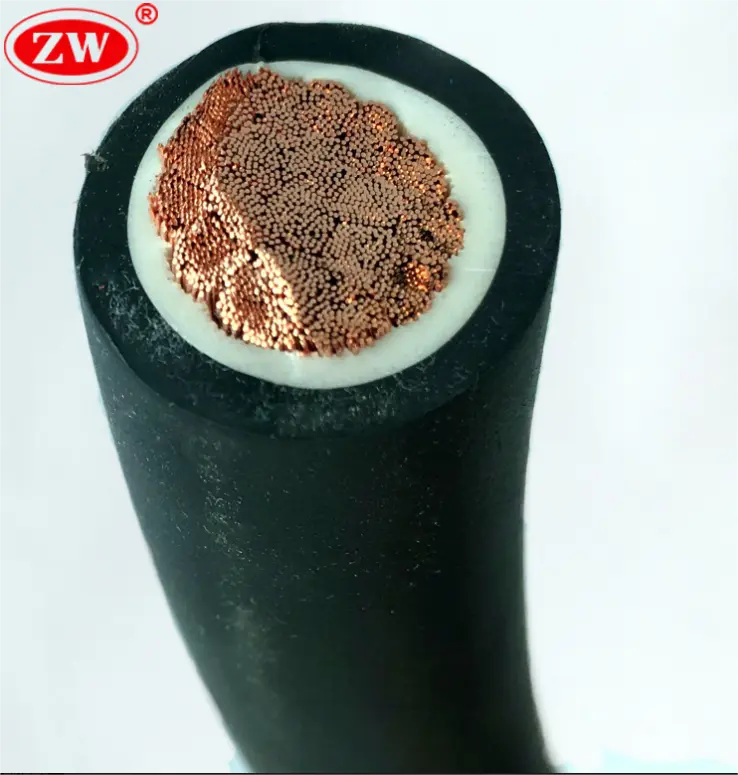Battery Cable Size Description
Automotive Battery Cable
Battery cable is connected the battery to electrical components in a vehicle. Battery wire made of stranded copper wire with thick PVC insulation. Heavy duty battery cable is corrosion-resistant and can effectively prevent short circuits. And at both ends of the battery cable usually contain connectors to attach to the battery and the other electrical components. If you can’t find a car battery cable style that suits your needs, feel free to contact us and we’ll be happy to design a custom battery cable wire for you.
Automotive Battery Cable
Battery cable is connected the battery to electrical components in a vehicle. Battery wire made of stranded copper wire with thick PVC insulation. Heavy duty battery cable is corrosion-resistant and can effectively prevent short circuits. And at both ends of the battery cable usually contain connectors to attach to the battery and the other electrical components. If you can’t find a car battery cable style that suits your needs, feel free to contact us and we’ll be happy to design a custom battery cable wire for you.






